The 21st century has placed us in a unique position. Overall, we are much more sedentary, desk-based, and inactive as a population. However, the internet has boomed our access to instant information, and because we are so aware of our poor lifestyle habits, we also now perform much more structured exercise, such as cycling and running. Whilst this seems a sensible idea, one group of muscles suffers more than most from this combination. Let me introduce: the hip flexors.
If you run, cycle, or spend a lot of time sitting (let’s face it, most of us fit into one of these three categories), you’ll want to read on and learn how to unlock your hips.
Housekeeping
Here are a few quick reminders before we begin:
You can access my entire archive of Muscle Monday and Workout Wednesday here.
You can download my FREE guide, 20 Habits to Change Your Life, here.
You can get 10% off EVERY order, present and future, at Awesome Supplements by using the code ‘EZEP’ at checkout. The electrolyte powder, Hydrate, is a smart idea for those exercising in the Summer months.
Paid subscribers get access to exclusive newsletters. Recent examples include the S.H.I.T recovery framework, and outlining whether caffeine improves exercise performance. The button below is a link to 10% off an annual subscription.
The role of the hip flexors
Without giving any spoilers away here, the hip flexors are a group of muscles responsible for…flexing the hip. Hip flexion itself is a simple movement, and can be illustrated in the image below. Essentially, hip flexion refers to any movement which reduces the angle at the hip joint. This can be in the form of running, cycling, tucking the knees toward the stomach, straight leg kicks…the list goes on.
The Hip Flexor Muscles
There are several muscles which contribute towards this movement, including muscles which I have already spoken at length about in my newsletter on the quadriceps.
However, there are two prime movers which I haven’t outlined in great detail so far. Collectively, they are known as the iliopsoas, and separately, are:
The psoas major
The iliacus
The psoas major
The ‘p’ is silent, as this derives from the Greek translation of ‘muscles of the loin’. This muscle itself originates from the lumbar (lower) spine, before inserting onto the lesser trochanter at the head of the femur (thigh bone).
Fun fact: Only some of us possess a ‘psoas minor’. It is a genetic variant which is present in approximately 60-65% of all individuals.
The iliacus
This muscle is named after its location rather than some cool translation from an ancient language. It is roughly fan-shaped and connects a bone called the ilium to the same insertion point as the psoas major, on the lesser trochanter of the femur.
Are my hip flexors tight, weak, or both?
Probability states that your hip flexors are at least one of these. As mentioned, if spending a long time at a desk, you’re likely keeping your hip flexors under stress for long periods of time. This leads to shortening and weakening of the muscles. If this continues for long enough, it can potentially lead to further postural issues. The most commonly known one is anterior pelvic tilt (picture below), which can lead to downstream weakness and tightness in the glutes, core, back, and neck muscles, known as Lower Crossed Syndrome.
Whilst pelvic tilt is, in theory, simple to diagnose under the right supervision, you can also test your hip flexors at home to determine whether you require further strengthening.
The Thomas Test
This is a simple assessment tool to check whether the hip flexors are overly tight. It just requires a flat but firm bed or surface that you’re comfortable lying on. I’ll include images for reference, and you’re welcome to view this helpful YouTube guide. I’m going to potentially oversimplify and modify this process, but essentially, the steps are as follows:
Lie flat on a flat surface, not too spongy or soft.
Using your hands, tuck one knee up towards you, bringing the knee to 90 degrees.
If you have hip flexor tightness, the other (straighter) leg will also want to bend at the knee and lift the back of the thigh away from the bed, rather than remain flat.
Repeat on both sides.

The ‘stand and hold’ test
A tad simpler but still effective.
Hold onto something or lean against a wall so that balance is not an issue.
Stand tall, hug one knee to your chest, and then remove your hands.
Try to keep the knee tucked with at least a 90-degree angle for 10-15 seconds.
Repeat on the other leg.
If you cannot keep the knee tucked, you may have weak hip flexors.
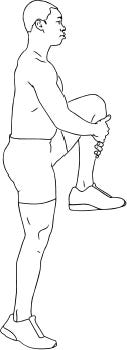
“I tried those tests, and my hip flexors aren’t great…”
Good news! We can fix that.
Below, I shall outline a little routine which can help to lengthen and strengthen the iliopsoas and other hip flexors. It doesn’t require too much in the way of equipment, and is fairly simple. Perform at least half of the workout 2-4 times per week for 6-12 weeks, and you should notice a difference.
Stretches for the tightness
Perform the following three stretches 3 times each. Hold the position for 30-60s each, making sure to swap to the other leg before moving on to the next stretch in the sequence. There’s a good range of seated, kneeling, and lying stretches below, so at least one of them should be suitable for most of you.
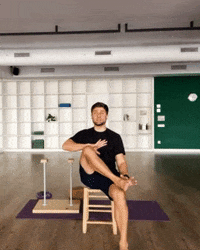
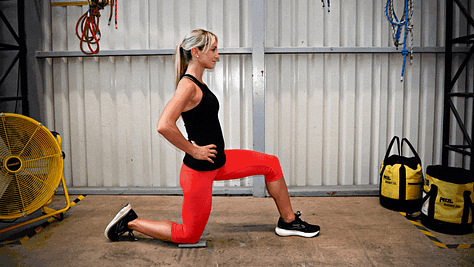
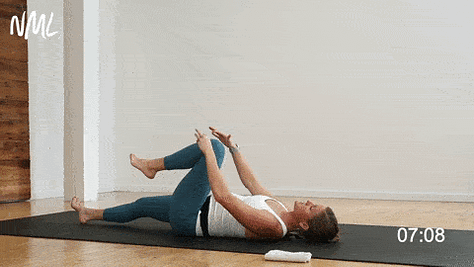
Exercises for strengthening
Three simple exercises are below. Perform all three for 3 sets each. With the lying leg raises, perform 12 repetitions, controlling to descent back to the floor. The other two exercises are single-leg exercises, so perform 8-12 repetitions on each leg, either alternating or using the same leg consecutively. Mini bands are a great cheap purchase, so consider acquiring some if possible.
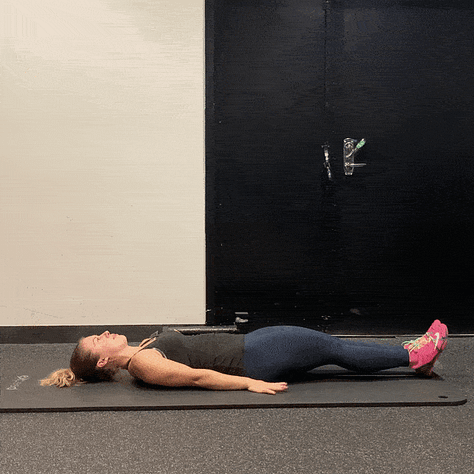
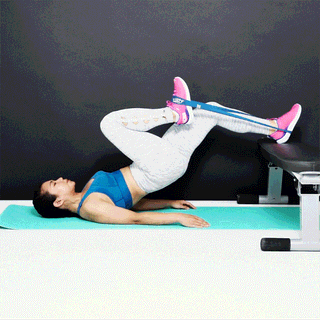
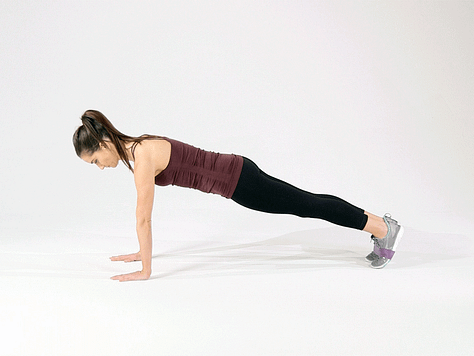
Most of us will benefit from this
More of us struggle with weak or tight hips than not. It’s a lifestyle problem, and for most of us, not something we can directly avoid, unless we break up sedentary or seated time regularly, and for months at a time. If not the hips, this routine will also help the lower back, another common problem area for many of us!
In addition to the advice above, always make sure that you warm-up for exercise bouts sensibly. Raise your heart-rate, perform dynamic stretches, and be sure that you’re warm especially prior to any high-intensity work.
If you stick with the routine above, you should notice a change. It may take time, but it’ll help your hips, as well as your back, posture, core and many other muscles. Give it a go and see you next week!

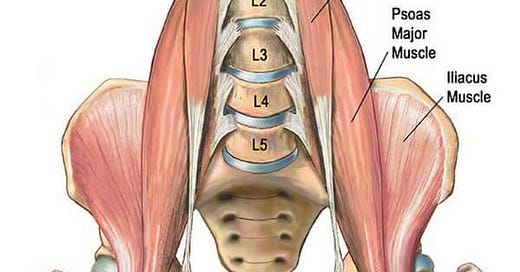



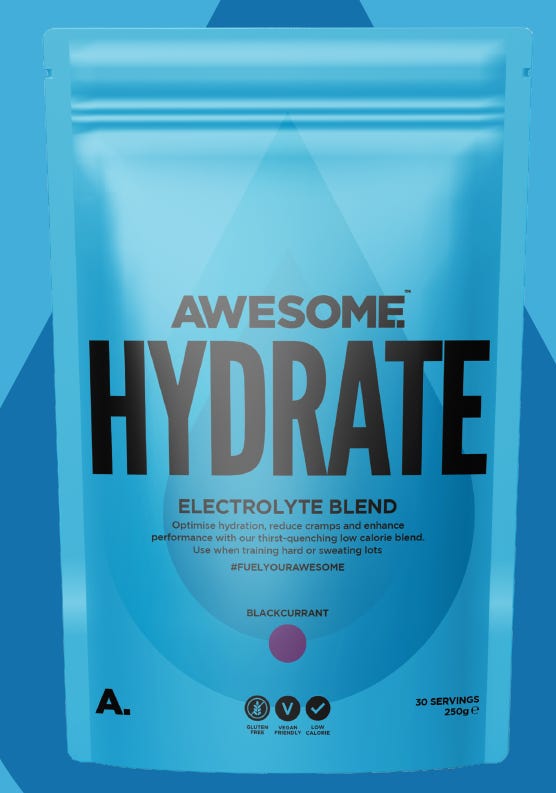
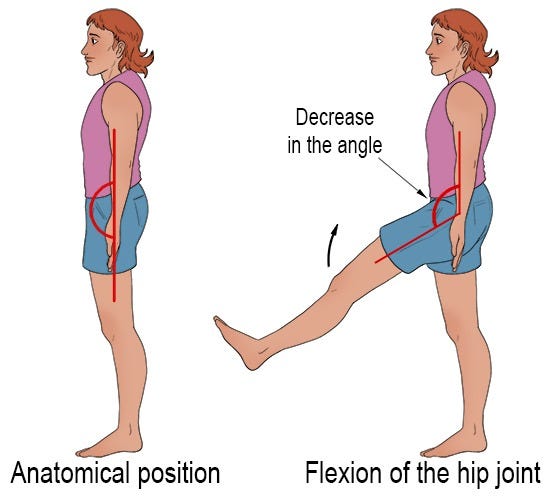


Thank you for this. I have anterior pelvic tilt postpartum and it’s been a nightmare. I shall try the exercises!
When I go on really long bike rides my hip flexors cramp up. Im gonna try these exercises! Thanks for the info :)